
Be-Cu has advanced production equipment and a group of first-class production technical management personnel. The product quality has reached the domestic advanced level. Be-Cu company focuses on quality first, service first, realistic and innovative, and continuously improves the company’s business philosophy.
Provide products that satisfy customers as much as possible, sincerely cooperate with new and old customers, and sustainable operation. Customers can order all kinds of casting manufacturing workpieces and die casting structural parts with samples and drawings.
Cu and Mg form CuAl and MgSi phases and strengthen the alloy, but if the content is too high, the plasticity will be reduced, and Cu can also improve high temperature performance, but will reduce the corrosion resistance; Mn mainly forms the AlFeMnS phase, reducing the harmful effects of Fe impurities, while improving the heat resistance of the casting.
The Taijin casting method is as follows: after smelting the Taijin ingredients (returning charge of the pouring riser accounts for 50%), at 720 ℃, use Zhangjiagang SRWJ1 pollution-free No. 1 refining agent (accounting for 0.5-1.0% of the charge) for degassing; At 720~730℃, use Beijing-made ternary modifier or Zhangjiagang SR810 strontium salt long-convergent modifier (accounting for 1%~2% of the charge) to transform at 690~720°C for low-pressure die-casting of metal molds into castings. , without heat treatment), the metallographic structure is shown in Figure 1. The metallographic structure mainly includes α solid solution, Si, CuAI¨, Mg2Si and AIFeMnSi and other phases. The conventional T6 heat treatment process of castings is: 515±5℃×8h, water solution treatment; 155±5℃×6h, the mechanical properties of ADC12 castings are better than ZL108 castings, as shown in Table 2.
Improve The Heat Treatment Process
In order to simplify the operation and reduce the energy consumption under the condition of ensuring the mechanical properties of the casting, the conventional T6 treatment is changed to a heat treatment process of casting quenching + complete artificial aging (called T6′): that is, the casting is in a hot state (48O ~ 500) after the casting is out of the mold. ℃), immediately carry out water simmering (water temperature 22~24 ℃), and then carry out the complete artificial aging test of 155±5℃×6h. The analysis is as follows:
Casting hardness T6′, T6 treatment of casting hardness is shown in Figure 1 and Table 2
It can be seen from Figure 2 and Table 3 that the hardness of the T6′-treated castings reaches that of the T6-treated castings. And the degree of dispersion of hardness of castings treated with T6′ is smaller than that of T6. The hardness is more stable, the quality of the castings is higher, and the hardness of individual castings is slightly lower, because the quenching water tank is far away, after the castings are out of the mold, they are placed before the water tank. The longer the residence time, the larger the temperature drop on the surface of the casting, which is caused by the precipitation of a small amount of it phase in the solid solution. See Figure 3, this phenomenon. In mass production, measures should be taken to avoid it.
Mechanical properties Table 4 shows the results of mechanical properties tests on castings and standard metal mold gravity casting samples.
It can be seen from Table 4. The mechanical energy of the ADC12 gold standard gravity casting sample with 50% pouring riser returning ingredients is slightly lower than the value of the standard aluminum silicon Taiwan gold sample in Table 2. The mechanical properties of castings are also lower than those of standard aluminum die-casting products, but the mechanical properties of standard samples with ingredients are 41% higher than those of ZL108, and the strengths of T6′ and T6-treated castings reach 84% and 92% of those of ZL108 standard samples, respectively.
Chip performance For the castings treated with T6′ and T6, when the chips are cut by the same machining process, the dimensional error of 0.03mm and the roughness Ra1.6μrm required by the drawing are reached.
To sum up the results, it can be seen that the ADC12 aluminum-silicon Taiwan gold low-pressure metal mold casting. Taking T6′ treatment can meet the requirements of mechanical properties. And the machining performance is better than that of T6 treatment. Therefore, it is completely possible to replace solution treatment with quenching. in mass production. The low-pressure metal mold casting is easy to operate, the die-casting temperature is stable, the casting is fast, and the temperature in the surface of the casting is easy to approach the eutectic temperature. The phenomenon that the hardness of individual castings is low in the test can be avoided as long as the time for the castings to exit the mold and enter the water is shortened.
In summer, the ambient temperature around the casting machine is relatively high, which has little effect on the temperature drop on the surface of the casting.
Metallographic Structure
The ounce structure of ADC12 casting is shown in Figures 2-6. It can be seen from Figure 1 that the metamorphic metallographic structure has uniform distribution of α dendrites and eutectic crystals, and eutectic si is worm-like, which conforms to the normal deterioration of GB10849 cast aluminum-silicon alloy samples. It can be seen from Figures 3 and 4 that the metallographic structures of casting quenching and solution treatment are both α(Ai) + bulk primary si + needles and spherical eutectic si. The difference is that the former acicular Si is thicker. It can be seen from Figures 5 and 6 that the metallographic structure + treated by T6′ and T6 are all distributed on the α(A1) matrix with bulk primary Si and acicular eutectic Si, and bone-like flaky bulk strengthening phase AIFeMnSi , Mg2Si and CuAl2, etc. The difference is that the latter bulk acicular Si arrangement is relatively fine. Tests and production show that the advantages of replacing T6 treatment with T6′ treatment are:
- It can better ensure product quality, stable hardness, which is conducive to machining, and the casting maintains the silver bright surface of the original as-cast state;
- The energy consumption and labor consumption required by the solution treatment according to the T6 treatment are omitted, which can reduce the production cost and shorten the production cycle. According to the production verification of a certain factory, each furnace of castings can reduce 650kWh of electricity, and each kilogram of castings can save 1.0 yuan in cost. With an annual output of 300t of castings, the cost can be saved by 300,000 yuan. Therefore, T6′ treatment (casting quenching) has good comprehensive benefits.
Conclusion
- Small and medium-sized castings of ADC12 aluminum-silicon alloy low-pressure metal mold casting can use casting quenching-complete artificial aging instead of T6 treatment (solution treatment). However, it is not suitable for the treatment of small castings, because after the small castings are out of the mold, the surface temperature drop is large, and the α phase is easy to precipitate before water quenching, which affects the quenching effect.
- Aluminum-silicon alloy gold chip die castings containing certain elements such as Cu, Mg, and Si.Casting quenching can also be used instead of solution treatment
The Detail Of BE-CU Die Casting Company

If you are looking for dependable volume manufacturing metal parts supplier with High pressure die casting service who offers you competitive price, good service and quality for aluminium die casting, zinc, or magnesium die casting, then BE-CU Prototype are surely a partner you are looking for to fulfill all your die casting needs. With quality service and state of art technology, BE-CU indeed claim in providing quality pressure die casting including aluminum/zamak/magnesium alloy castings to our customers all over the world.
To work with us,be-cu don’t just stop at taking your order and delivering your die casting products. be-cu are there for you at every step right from your preferred selection of aluminum die casting, Zamak die casting (Zamak 2, Zamak 3, Zamak 5, Zamak 8) or magnesium die casting products and services to post-order phase. In brief, once you become our customer, be-cu are with you every step on the way.
-
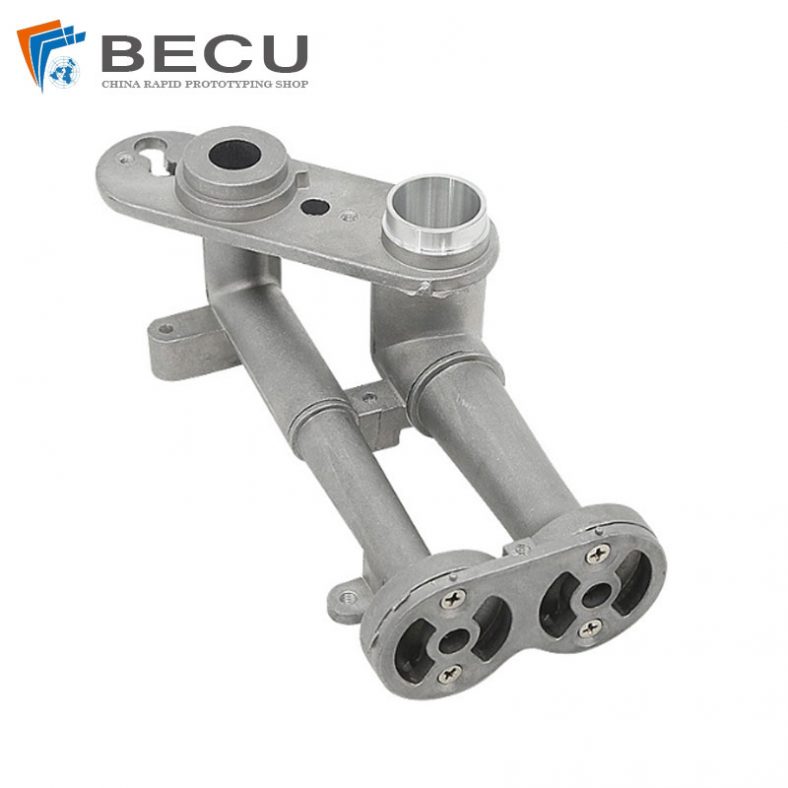
CNC Machining Gas Stove Bottom Joint
-

Gravity Die Casting Custom Street Light Heat Sink
-
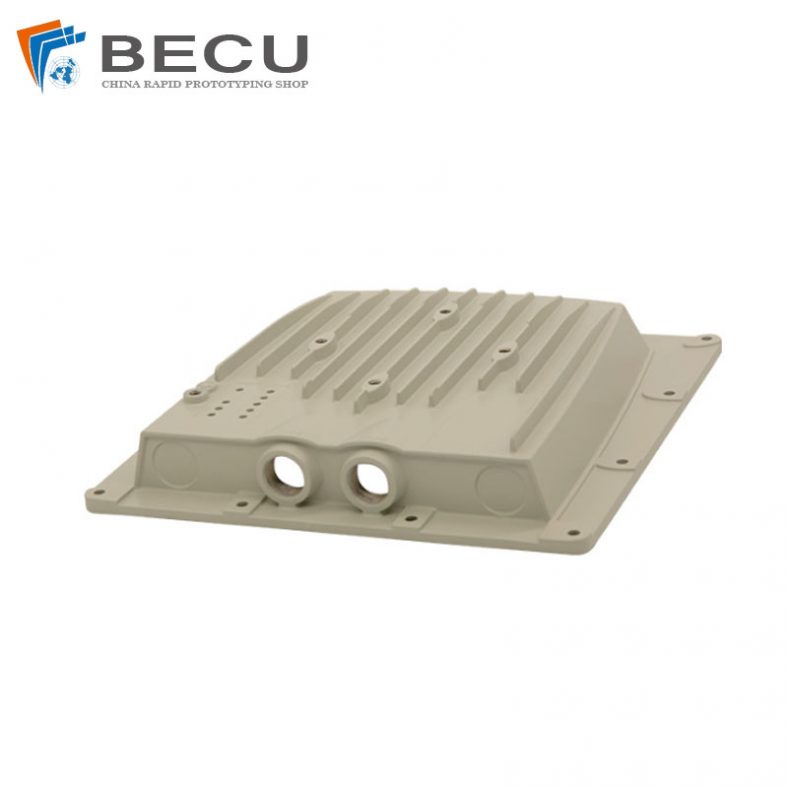
Die Casting LED Canopy Lights Heatsink For Gas Station
-
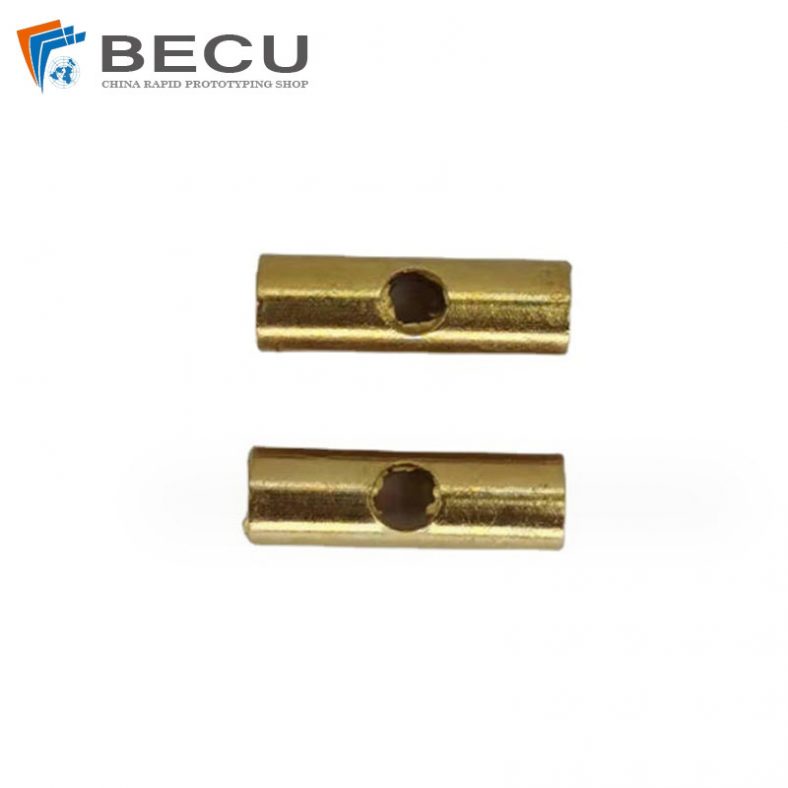
Zinc Die Casting PA10 Transformer Connector Terminal
-
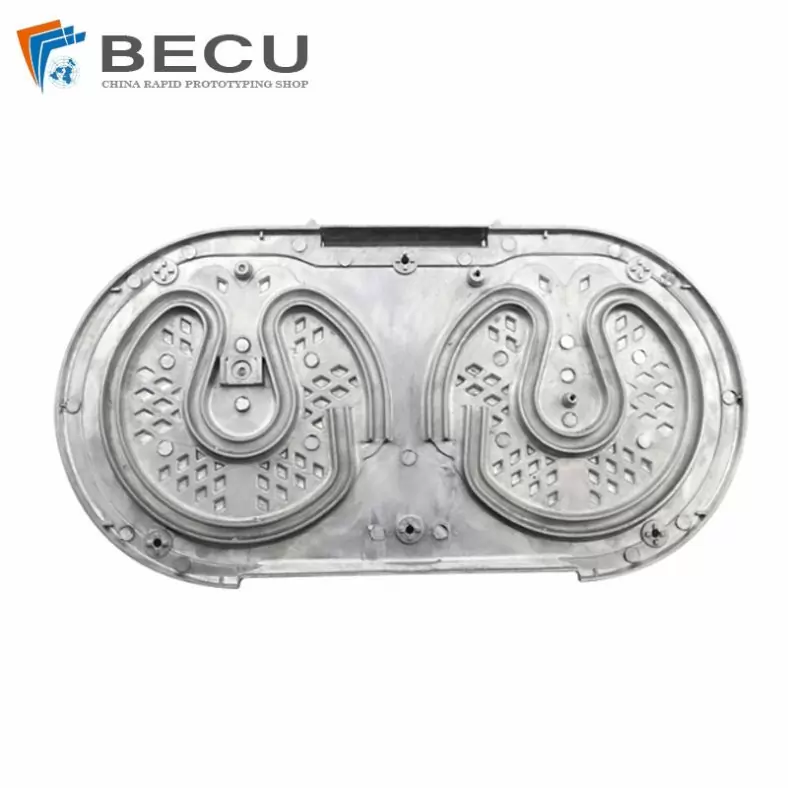
Die Casting Aluminium Cookware Chassis
-

Die Casting Wheels With Aluminum Alloy 5 Axis CNC Machining
-
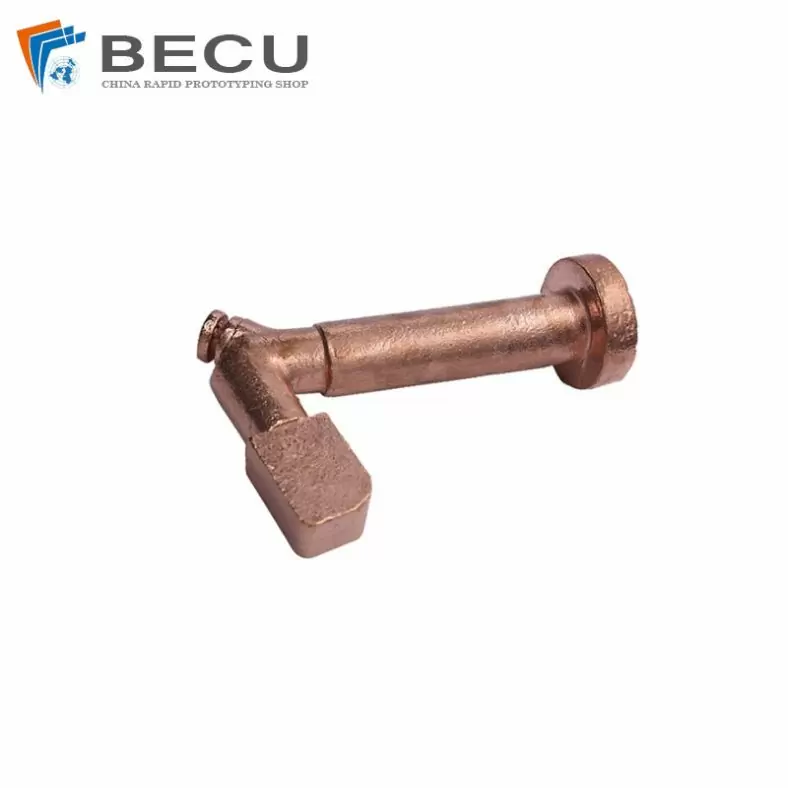
Precision Machined Copper Die Casting Parts
-
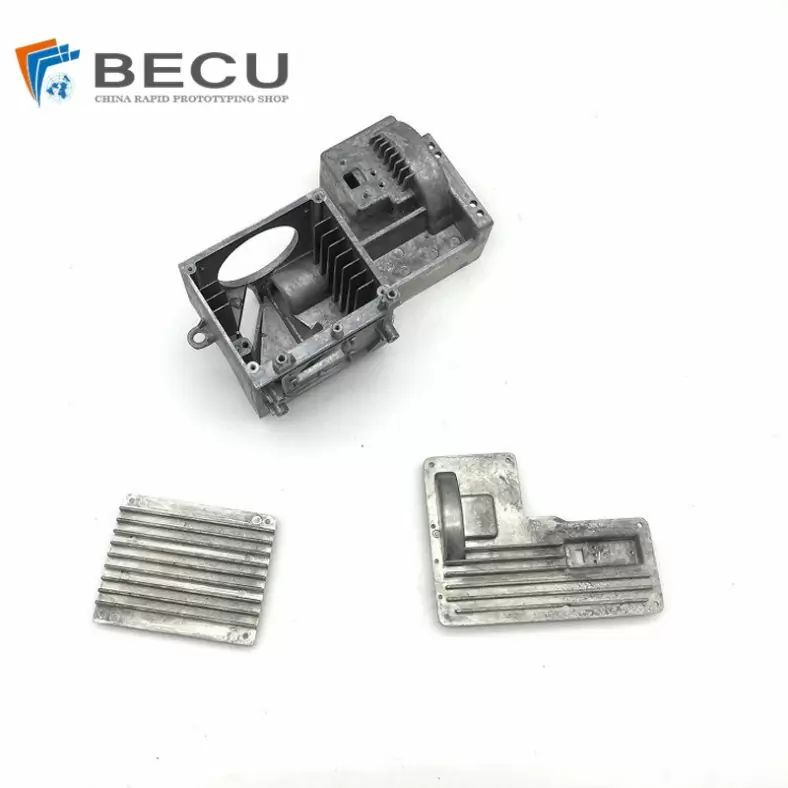
Professional Small Baler Aluminum Alloy Die-casting Mold Production
-
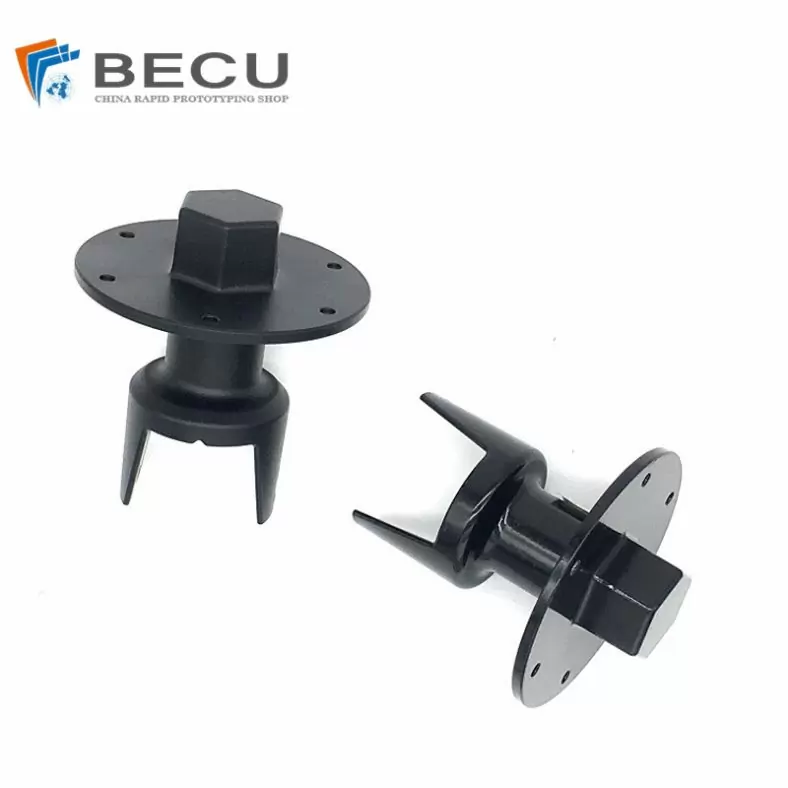
China Die Casting Factory Manufactures Surface Sprayed Aluminum Valve Body
-
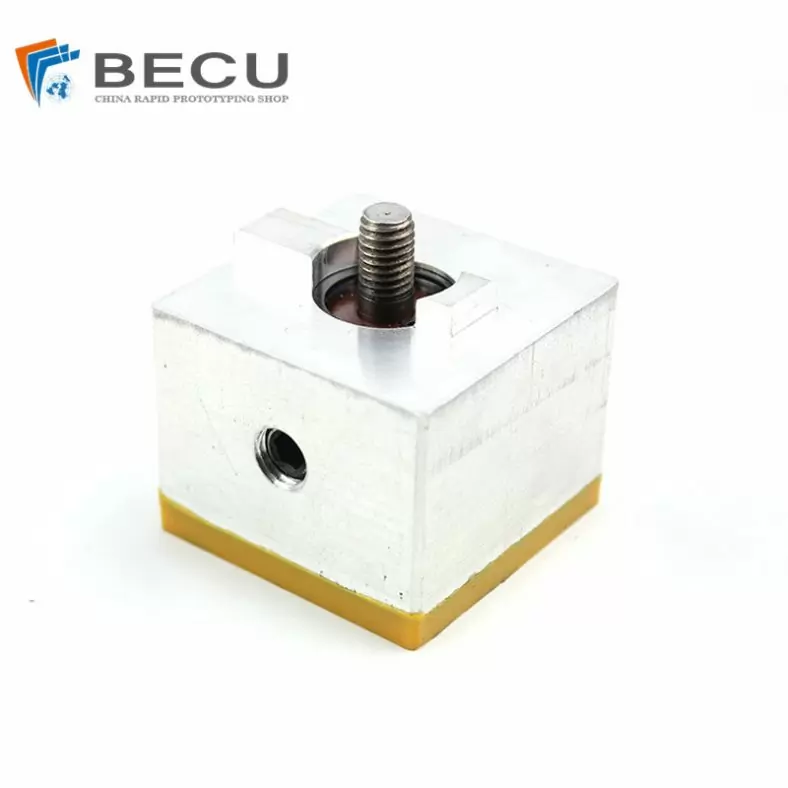
Extrusion Die-casting Polyurethane-Coated Aluminum Alloy Profiles
-

Custom Precision Aluminum Die Cast Brackets and Finishes
-
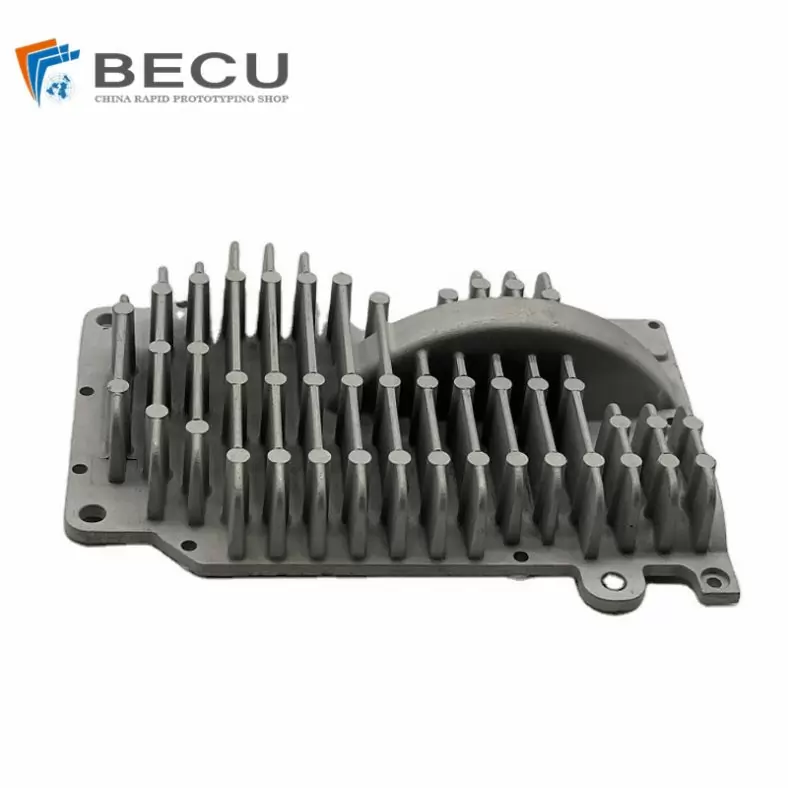
Extrusion Die-casting Magnesium Alloy Heat Sink Shell
